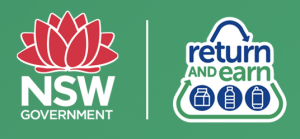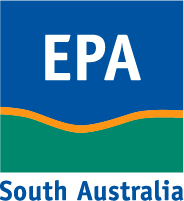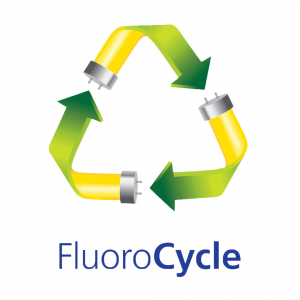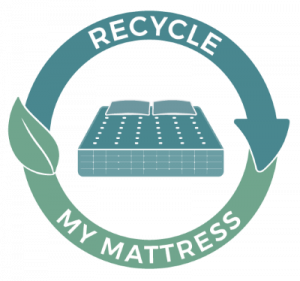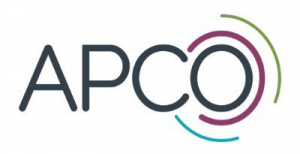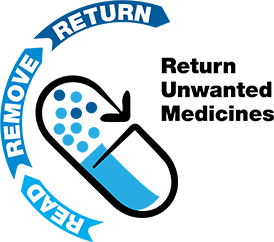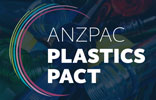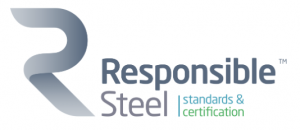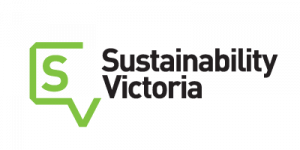The Product Stewardship Centre of Excellence is an independent, not for profit charity, that seeks to reduce waste generation and create positive environmental and social outcomes through sustainable design, resource conservation, reuse, repair, and recycling. The Centre helps businesses, industries, and product stewardship organisations to adopt a strong lifecycle approach to deliver their ESG and circular economy objectives. We also provide independent advice on product stewardship priorities to the Australian government.


Product Stewardship Centre of Excellence Limited | PO Box 7052 | Berrima NSW 2577








